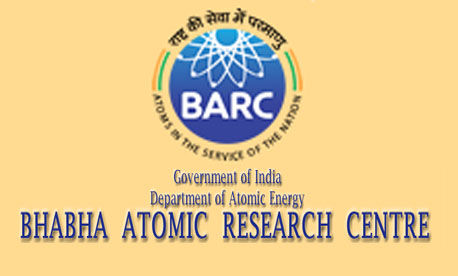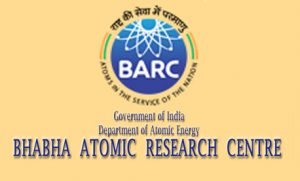Bhabha Atomic Research Centre has developed a simple, user friendly, quick and cost effective kit for onsite determination of Cr (VI), which meets IS10500 as well as EPA criterion. It provides the much needed solution to measure the level of Chromium contamination in drinking water and tap water, lakes, rivers as well as ground water. The procedure involves adding a specified amount of specific reagents to the water sample and identifying the developed color.
About Chromium :
- Chromium is widely used in various industries like leather, steel, chrome plating, paint manufacturing, wood preservation etc. Untreated effluents from these industries cause widespread contamination of water as been reported in several parts of the country.
- Chromium in the environment primarily exists as Trivalent Chromium Cr (III) and Hexavalent Chromium Cr (VI). The later is toxic and the World Health Organization has classified it as carcinogenic and can cause stomach ulcers and cancers and severe damage to kidneys and liver.
- As per Indian standard IS10500 for drinking water, the maximum permissible concentration of Cr (VI) in drinking water is 50 microgram per liter. The US Environmental Protection Agency (EPA) recommends a still lower permissible concentration of 10 microgram per liter.
- Detection of Cr(VI) at such low levels is not only technically challenging but also expensive and time consuming since it involves collection of water samples from affected areas, transport to laboratory, storage and finally analysis. The method can be used for limited water samples with errors due to conversion of Cr (III) to Cr (VI) and vice versa during transport and storage.
About BARC :
- The Bhabha Atomic Research Centre (BARC) is India’s premier nuclear research facility based in Trombay, Mumbai, Maharashtra. BARC is a multi-disciplinary research centre with extensive infrastructure for advanced research and development covering the entire spectrum of nuclear science, engineering and related areas.

- BARC’s core mandate is to sustain peaceful applications of nuclear energy, primarily for power generation. It manages all facets of nuclear power generation, from theoretical design of reactors, computerized modeling and simulation, risk analysis, development and testing of new reactor fuel materials, etc.
- It also conducts research in spent fuel processing, and safe disposal of nuclear waste. Its other research focus areas are applications for isotopes in industries, medicine, agriculture, etc. BARC operates a number of research reactorsacross the country.
AffairsCloud Recommends Oliveboard Mock Test
AffairsCloud Ebook - Support Us to Grow
Govt Jobs by Category
Bank Jobs Notification






